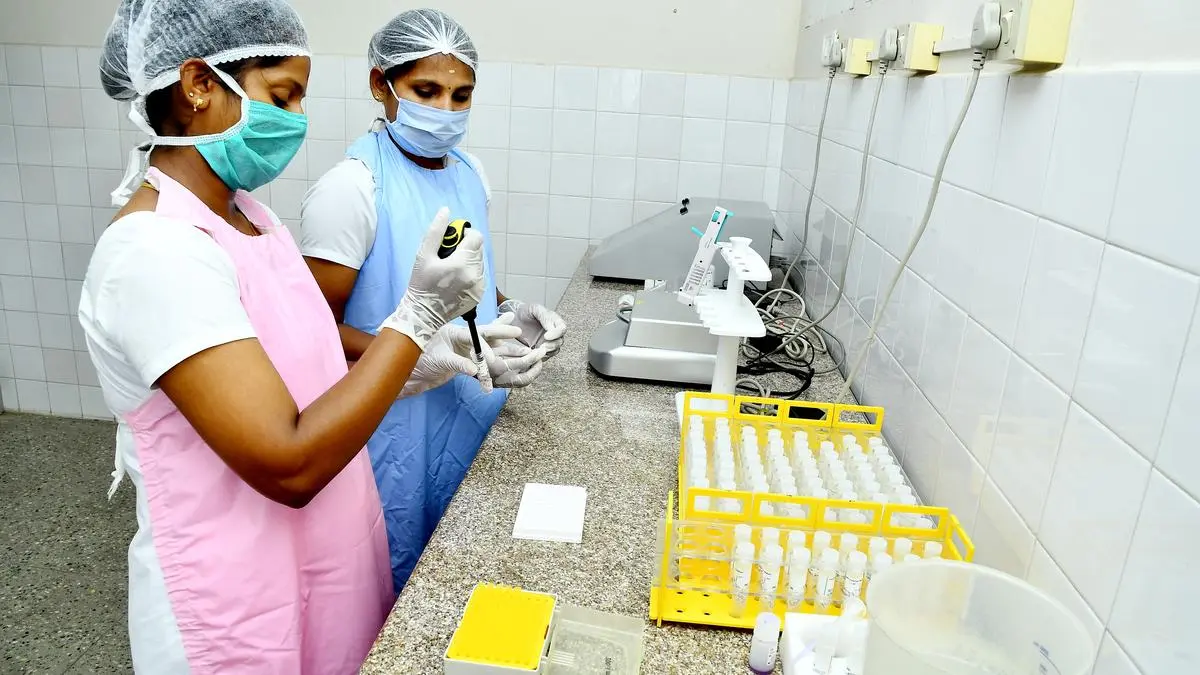By Indu
Hippocrates once remarked, “The physician must be able to tell the antecedents, know the present, and foretell the future to diagnose the disease and foresee its course.” This timeless insight captures the centrality of diagnostics in medicine. Yet in India today, this cornerstone of medical care is quietly eroding. Faulty diagnostics, weak regulation, and systemic neglect are undermining outcomes, inflating costs, and eroding trust in the health system.
Consider the case of a woman in her early forties who visits a district health centre with persistent abdominal discomfort. A poorly equipped lab lacking trained personnel and proper equipment fails to detect early-stage ovarian cancer. Reassured by a false negative, she delays further care until the disease is beyond treatment. Ironically, if no test had been conducted, a cautious physician might have pursued clinical evaluation. Here, the illusion of certainty not its absence proves fatal. This is not an anomaly but a reflection of systemic risk in the diagnostic ecosystem.
Globally, diagnostic tests guide over 60 per cent of clinical decisions. Yet in India, diagnostics receive less than 5 per cent of total health spending. Tertiary care attracts far greater attention and resources, while the foundational step accurate diagnosis remains fragmented and neglected.
India has over 100,000 laboratories, but fewer than 2 per cent are accredited by the National Accreditation Board for Testing and Calibration Laboratories. Most labs function without standardised protocols, regular proficiency testing, or external audits. There is no national registry tracking test quality. Even basic tests such as hemograms or liver function panels are unreliable.
Poor diagnostics have far-reaching consequences. Inaccurate tests lead to unnecessary treatments and repeated testing, raising out-of-pocket expenses. They contribute to irrational prescribing and antibiotic misuse, fuelling AMR. A 2020 Lancet study estimated that misdiagnosis and delayed diagnosis in low- and middle-income countries cost billions in avoidable treatment expenses, while stalling progress towards equitable healthcare.
Yet the crisis remains largely invisible. Surgical errors and medicine shortages make headlines; diagnostic failures do not. Their damage is silent, cumulative, and systemic.
To say that India lacks ambition would be inaccurate. The Ayushman Bharat Pradhan Mantri Jan Arogya Yojana has extended hospitalisation coverage to over 600 million citizens. The Ayushman Bharat Digital Mission is building a national digital health backbone. But even the best-designed reforms can falter if based on flawed inputs. As the founding CEO of both PM-JAY and ABDM, I have seen how poor diagnostics can weaken good policies and how technology, when wisely used, can reinforce them.
Reform strategy
Fixing India’s diagnostic deficit requires a comprehensive reform strategy. At the core must be a national policy on diagnostic quality. Accreditation should be mandatory for labs. Insurance empanelment and reimbursement must be tied to quality standards. Public laboratories, as in Tamil Nadu and Gujarat, must be strengthened with clear mandates and adequate financing. These States have shown that public systems can deliver accurate diagnostics if properly governed.
Digital public infrastructure must be deployed to improve transparency. The ABDM can serve as the spine for diagnostic data integration linking test results to health records, enabling verification of authenticity, and supporting quality audits. But digital tools must be embedded in a regulatory framework; technology cannot replace governance.
The private sector, which delivers over 70 per cent of diagnostics in India, must be part of the solution. A tiered accreditation model, backed by financial incentives and public disclosure of lab quality ratings, can create market pressure to improve standards. Health insurance design must also evolve. Currently, PM-JAY supports diagnostics largely within inpatient care. Expanding coverage for preventive diagnostics, with incentives for timely and accurate testing, can improve outcomes and reduce treatment costs. Strategic purchasing must shift from paying for volume to paying for value.
Patient awareness remains a significant gap. Most individuals have no way of knowing whether a lab is accredited or a technician trained. Empowering patients through digital tools, rating platforms, and public dashboards can generate demand for quality.
To anchor these reforms, India must enact a Diagnostic Services Quality Act. Like the Clinical Establishments Act, it should lay down enforceable minimum standards, reporting requirements, and penalties for non-compliance. Voluntary self-regulation will not suffice in a domain so central to public safety.
As India strives towards universal health coverage, the diagnostic ecosystem must no longer be an afterthought. A reliable diagnostic system that is scientifically sound, digitally connected, and publicly accountable is essential for better outcomes and stronger public trust.
As Hippocrates reminded us more than two millennia ago, healing must start with knowing. For India, getting the beginning right is not an option it is an imperative.
The writer is Founding CEO, National Health Authority and Senior Associate, Bloomberg School of Public Health, Johns Hopkins University
Published on July 1, 2025
